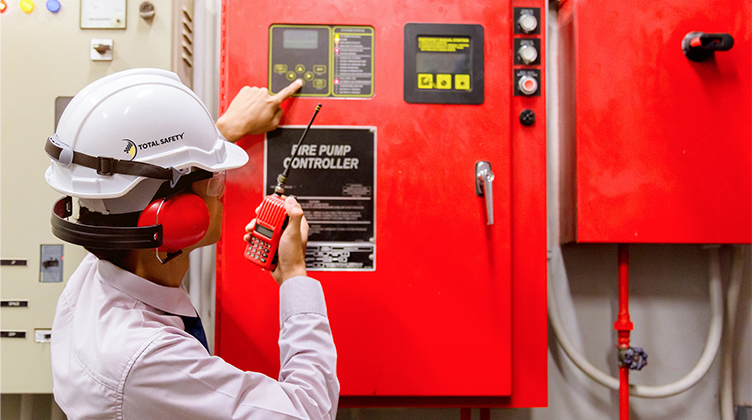Regular Fire Equipment Maintenance: A Critical Component of Fire Safety
Maintaining your fire safety equipment isn’t just a legal requirement—it’s a critical step in ensuring the safety of your building and its occupants. Regular maintenance of fire extinguishers, alarms, sprinkler systems, and suppression systems guarantees that these life-saving devices function correctly when needed most. Over time, equipment can become damaged, depleted, or otherwise compromised, leading to potential failures during an emergency.

Routine inspections, testing, and servicing by certified professionals help to identify and address issues before they escalate, ensuring compliance with safety regulations and reducing the risk of malfunction. Regular maintenance also extends the lifespan of your equipment, protecting your investment and providing continuous protection for your property.
Investing in a scheduled maintenance plan not only provides peace of mind but also ensures that your fire safety systems are always ready to respond. Don’t leave safety to chance—make regular fire equipment maintenance a priority.
How to maintain fire equipment?
Best Maintenance Practices You Should Know
- Ensure your fire extinguishers are maintained.
- Check fire alarm systems.
- Inspect emergency lighting systems.
- Perform fire risk assessments.

The Importance of Frequent Fire Safety Equipment Inspections
Installing fire protection equipment in commercial premises is just the beginning of ensuring safety compliance. To maintain the highest safety standards, regular inspections of fire-fighting equipment are essential. Frequent checks, whether annual or monthly, are a crucial part of fire dispatching and risk assessments, ensuring that all safety systems are operational when needed most.
1. Ensuring Equipment is Operational
Regular inspections guarantee that all fire protection equipment, from extinguishers to alarms, is in perfect working condition. These checks can range from simple visual inspections to comprehensive services conducted by qualified technicians. Utilizing fire protection software can streamline this process, making it easier to confirm that all equipment is ready to perform in an emergency.
2. Maintaining Clear and Accessible Exits
It’s critical to ensure that fire doors and emergency exits are always accessible. Regular checks as part of fire maintenance reporting ensure that exits are unobstructed and emergency lights are visible. The difference between a clear and blocked exit could be the difference between life and death in an emergency.


3. Compliance with Current Regulations
Regular maintenance is vital not only for safety but also for legal compliance. Fire safety regulations and codes can vary by region, so it’s important to stay informed and ensure that all fire safety assets, including documentation like annual fire statements, meet current standards.
Frequency of Fire Safety Maintenance
Fire safety maintenance frequency varies based on local regulations but generally includes:
Six-Monthly Checks: For fire alarms, smoke detectors, and emergency lighting.
Annual Checks: For hoses, fire hydrants, and extinguishers.
As Needed: For escape routes, exits, and fire drills. In-house checks, such as weekly visual inspections, are also recommended to catch any issues early and ensure ongoing safety.








